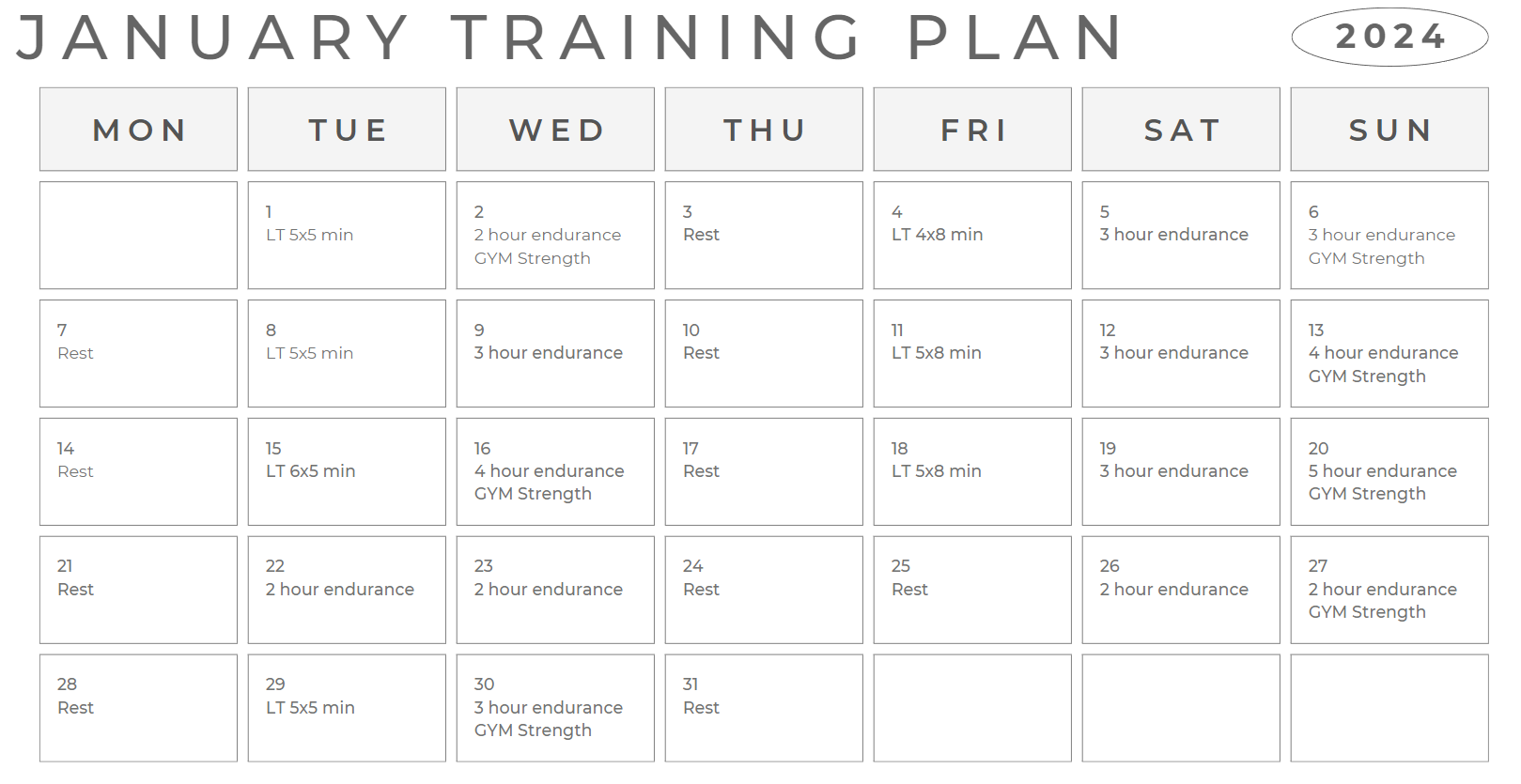
Whether you’re a beginner or an experienced rider, a well-structured training plan is essential for reaching your cycling goals. In this article, we’ll explore various options for designing a training plan, helping you find the approach that suits your needs and preferences.
If you go out and ride as you want to on that given day, you are not focusing on developing your relevant energy systems at the right time during the season. Planning how you train during the season is periodization, which will allow you to reach your peak fitness for your goal event. Some systems like aerobic endurance take a long time to develop, while sprinting doesn’t require many training sessions to reach peak level. However, the systems that develop fast will also decay fast when you are not focusing on them. So if you don’t plan your training, I’ll argue you aren’t training, but really just riding your bike. Following a plan will also allow you to reverse engineer what worked, so you can build a better plan next year and the after that. You will reap the gains of the accumulated knowledge you learn about yourself.
Build your own training plan
While building your own training plan might be too much work for you, we believe having the skills to do so is critical to develop as a cyclist. If you don’t understand your training, you are putting your faith entirely in other’s hands. If you want to hire a coach, it will help you decide on a coach who fits your philosophy as a rider. It will also help the coach develop you, if you can put words on what you like and what works on you as a rider.
Pros:
- Full Control: Designing your own plan allows you to have complete control over the structure, intensity, and progression of your training.
- Flexibility: Easy to adjust based on your schedule, preferences, and evolving goals.
- Learning Opportunity: Building your plan is an educational experience, deepening your understanding of training principles.
Cons:
- Expertise Required: Designing an effective training plan requires a good understanding of cycling physiology, periodization, and individual needs.
- Time-Consuming: Crafting a well-thought-out plan can be time-intensive, especially for those new to training principles.
Recommended for: Cyclists with a solid understanding of training principles and those who enjoy the process of planning their workouts.
Buying a training plan
Pros:
- Convenience: Ready-made training plans provide a hassle-free solution for those who prefer a structured approach without investing time in plan creation.
- Expert Guidance: Many purchased plans are designed by experienced coaches, ensuring a level of expertise in the training structure.
- Time-Saving: Ideal for riders with busy schedules who want a plug-and-play solution.
Cons:
- Generic Nature: Purchased plans may not cater to individual differences in fitness levels, goals, or response to training.
- Limited Flexibility: These plans may not easily adapt to changes in your schedule, fitness progress, or unforeseen circumstances.
Recommended for: Cyclists seeking a quick and straightforward approach without the need for extensive personalization.
AI generated plan
With the rising popularity of AI in society, we can surely expect AI to play a larger role in training. An AI generated training plan will consider your goals, and can adapt to how you develop during the plan. TrainerRoad is probably the best option with their Adaptive Training. It adapts to how you develop, while you decide on the overall approach of the plan. You pick a target discipline like Gran Fondo, Gravel or Rolling Road Race, and decides how much time you have to train each week. It then prescribes the workouts you need to do, and adapts to how you develop.
Pros:
- Personalization: AI-driven platforms analyze your data to create personalized training plans based on your fitness level, goals, and progress.
- Adaptability: Plans can adjust dynamically as your fitness improves or if you miss a workout, providing a more tailored experience.
- Data-Driven Insights: Access to analytics and performance metrics can help you track progress and adjust your plan accordingly.
Cons:
- Limited Human Interaction: While AI can personalize plans, it lacks the human touch and nuanced understanding that a coach may provide.
- Learning Curve: Some cyclists may need time to understand and trust the AI algorithms for plan adjustments.
Recommended for: Tech-savvy cyclists who appreciate data-driven personalization and adaptability.
Hire a coach
Pros:
- Personalization: A coach provides a highly personalized training plan tailored to your specific goals, strengths, and weaknesses.
- Guidance and Feedback: Ongoing support, feedback, and adjustments based on your progress enhance the training experience.
- Motivation: A coach can provide the encouragement and accountability needed to stay on track.
Cons:
- Cost: Hiring a coach can be more expensive compared to other options.
- Time Commitment: Regular communication with a coach may require a higher time commitment.
Recommended for: Cyclists seeking a highly individualized and supportive training experience, and those with specific performance goals.
Conclusion
Selecting the right training plan option depends on your individual preferences, goals, and resources. Consider factors such as personalization, cost, and the level of support you desire. Whether you opt to buy a plan, rely on AI technology, hire a coach, or build your plan, the key is to find an approach that aligns with your unique needs and enhances your cycling journey. Remember cycling needs to be fun, or you will burn out. A good training plan is one you stick with.



